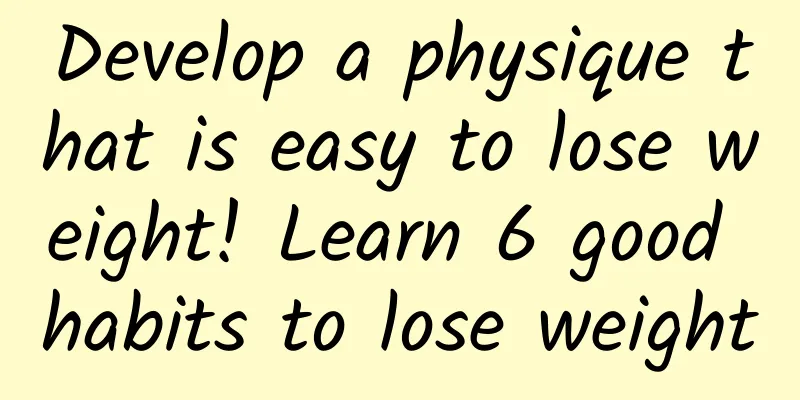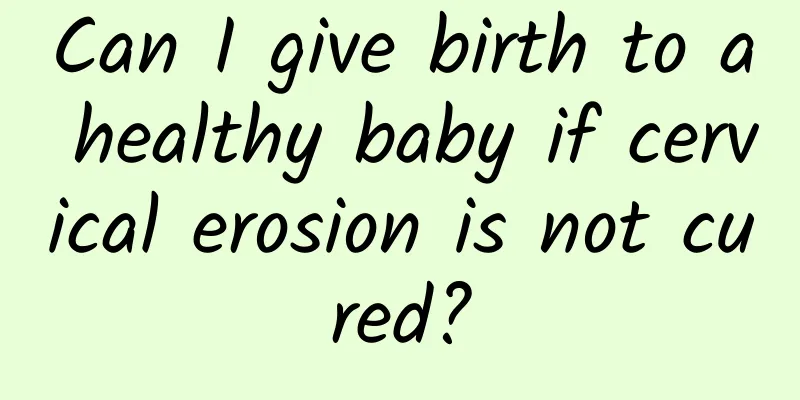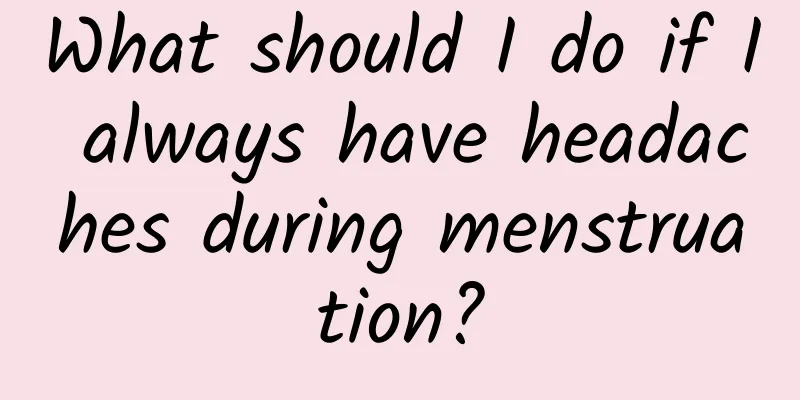What is the best way to treat menopause?

|
Every woman will experience menopause, so you should know about it in advance. Menopause refers to the decline of ovarian function and the cessation of menstruation. The treatment of menopause is also a concern for many women. There are three treatment methods for menopause. In principle, the goal should be to maintain the health of the body. For example, long-term medication is required to prevent postmenopausal degenerative diseases. Physiological supplements: The purpose is to make the organs of postmenopausal women function physiologically as much as possible to maintain their health, not to restore their endocrine status to the level of the ovarian cycle during the reproductive period, which is physiological supplementation. Physiological supplementation mostly advocates the use of natural estrogen, that is, the chemical structure of estrone, estradiol and estriol. During the menopausal transition, hormone replacement therapy (HRT) should focus on progesterone supplementation: During the menopausal transition period, the growth and development disorders of follicles gradually increase, and finally the functional follicles disappear from the ovaries. The corresponding changes in estrogen and progesterone during this period are: first, there is a relative lack of progesterone, then lack; estrogen deficiency changes periodically, although there may be a transient relative excess, the total amount gradually decreases, and finally to lack, forming a relatively excessive or single unopposed estrogen stimulation for a long time. Some women may have different degrees of proliferative changes in the endometrium, and even malignant changes. Therefore, this period should be based on periodic supplementation of progesterone to adjust the menstrual cycle and prevent endometrial proliferative lesions. As estrogen gradually becomes deficient, estrogen can be supplemented at the same time. Postmenopausal HRT should focus on estrogen supplementation: The activity of ovarian follicles basically stops in the early postmenopause period. The blood estradiol concentration drops from about 150-1500pmol/L in the reproductive period to below 80pmol/L within 1-2 years, which is lower than the basic level for maintaining the physiological functions of the body's organs. Endometrial atrophy is completed within 2-3 years after menopause, and the rate of bone loss is fastest within 1-3 years after menopause. Corresponding degenerative changes occur in various organs throughout the body. Therefore, to prevent postmenopausal degenerative lesions, timely and long-term estrogen supplementation should be used. To counteract the side effects of estrogen on endometrial hyperplasia, those with a uterus need to add progesterone. |
<<: Overview of treatment options for menopause
>>: Progress in the treatment of functional uterine bleeding during menopausal transition
Recommend
Several common methods of detecting ectopic pregnancy
According to recent medical statistics, the incid...
There are several ways to diagnose ovarian cysts.
For women, only health can bring unparalleled cha...
There is a way to reduce fat and eliminate edema! How to Drink Cassia Seed and Lotus Leaf Water
Small forces, great achievements! Don’t underesti...
Experts explain the types of uterine fibroids
Uterine fibroids are one of the more common benig...
How to treat endometritis and pelvic inflammatory disease
Endometritis and pelvic inflammatory disease can ...
A series of causes that trigger pelvic inflammatory disease
Pelvic inflammatory disease is a common disease a...
Experts point out that the common symptoms of ovarian cysts are mainly the following
Ovarian cysts are a common disease among women, s...
Understanding the precautions for adnexitis is the key
Adnexitis brings a lot of unspeakable pain to our...
California Raisins: A Super Fruit for Everyone
In modern fast-paced life, whether it is busy wor...
Analysis of typical cases of acute pelvic inflammatory disease
The symptoms of acute pelvic inflammatory disease...
What can't you eat after an abortion? Can you eat before an abortion?
What should you not eat after an abortion? This i...
To starve cancer cells to death, you can’t eat too much nutritious food? Experts: These situations will cause your body to collapse
Many people regard having cancer as a death sente...
Foods that can be used by people suffering from insomnia caused by irregular menstruation
Menstrual irregularity is a common disease among ...
What are the symptoms of cervical hypertrophy?
Cervical hypertrophy is a gynecological disease t...
What are the types of cervicitis?
If you suffer from cervical inflammation, you sho...









